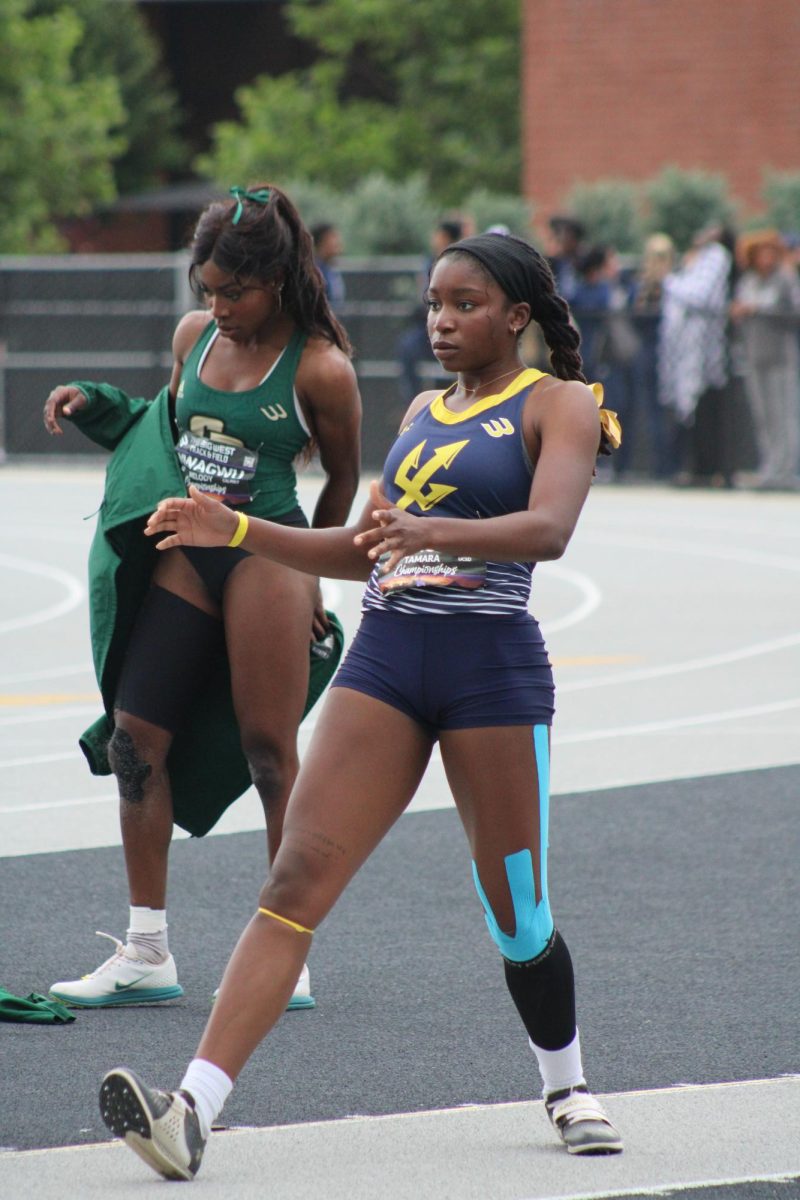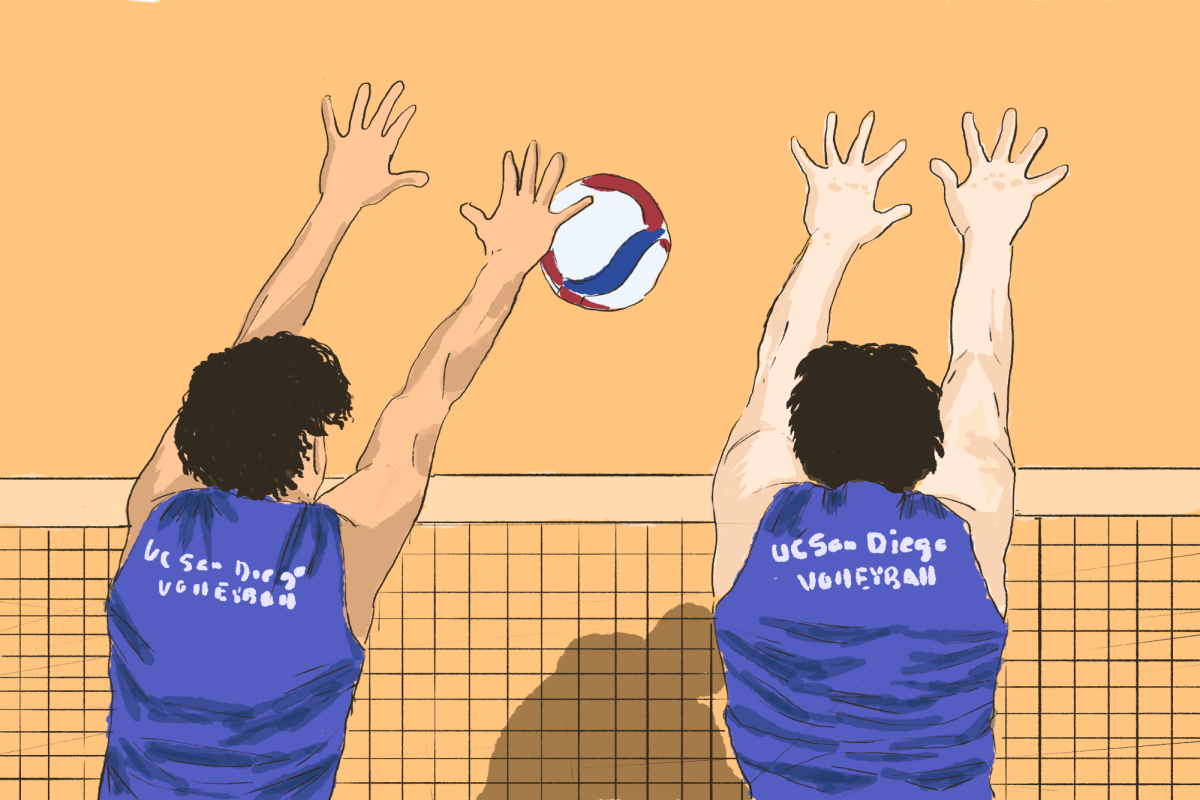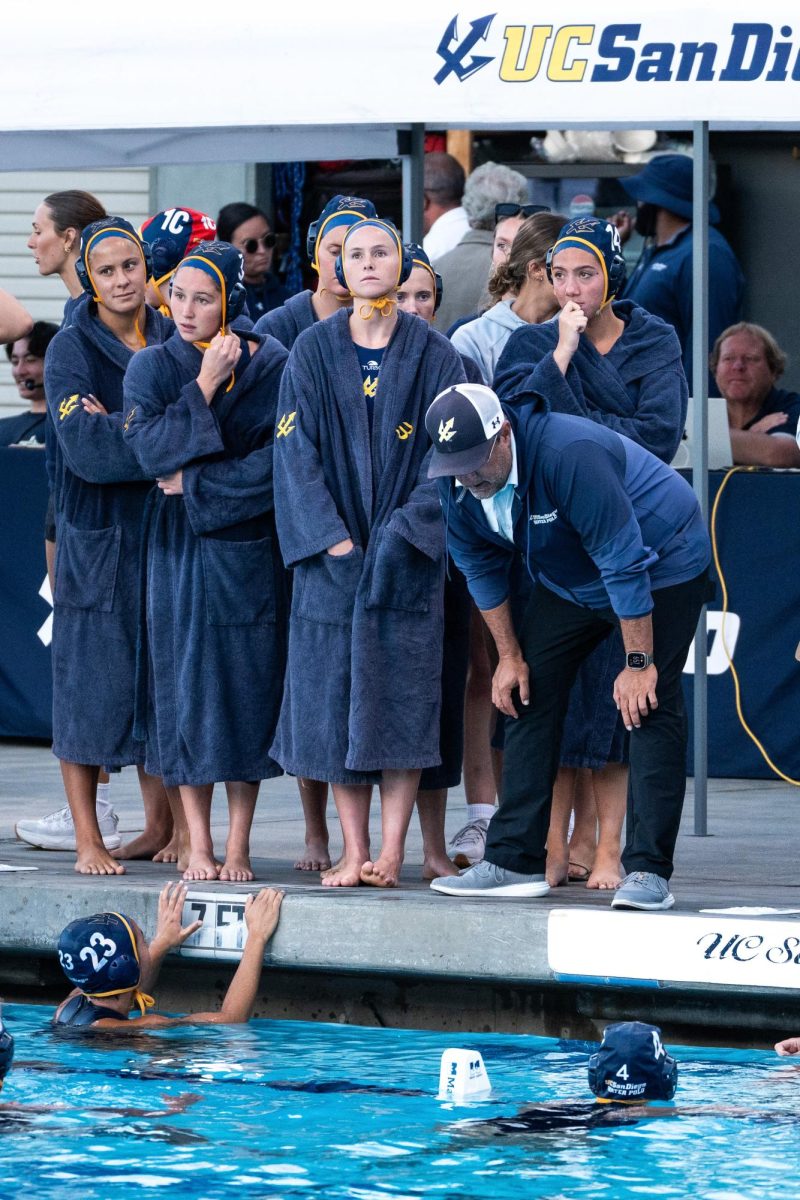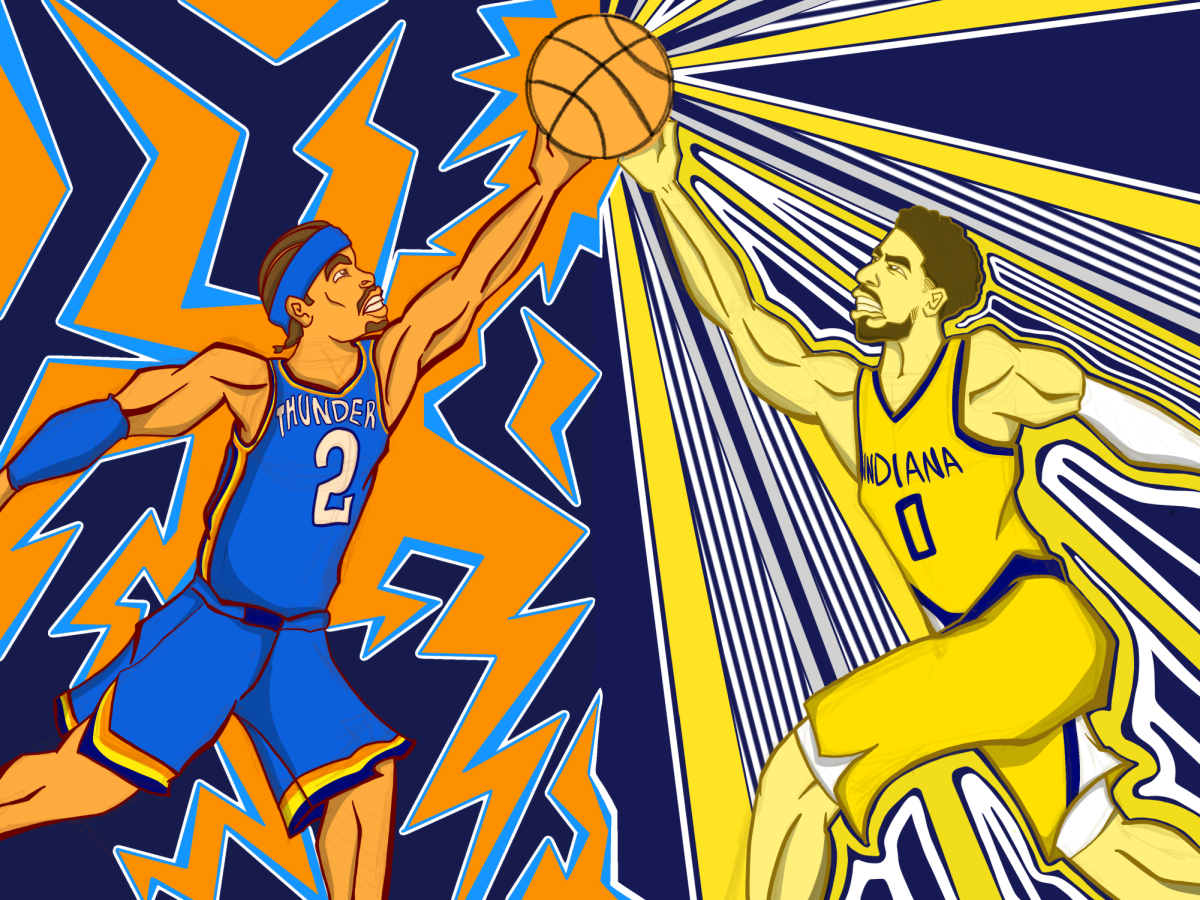Women’s sports have long flown under the radar — men’s leagues, like the NBA and NFL, have dominated the sports scene for decades. Most men’s sports programs have a large number of viewers, and the revenue from each game guarantees players a relatively sizeable salary.
A good amount of our population often doesn’t acknowledge the comparable success of female athletes, though; we know names like Jennie Finch and Serena Williams, but their success stories are generally less well-known than those of other big-name players, like Peyton Manning and LeBron James. For the vast majority of female athletes, high levels of fame and acclaim aren’t the norm. Low pay, low recognition and collective favoritism for men’s sports teams plague women’s leagues, culminating in struggling programs across the nation. One major question stands, though: Is there solid, fact-based reasoning as to why women can’t be as successful or well-known in sports as men are?
The average number of seats filled at the 2013 NBA Championships was over 19,000 per game, and the average number watching the broadcast was even higher — more than 17 million viewers each game. The 2013 WNBA Championship numbers are measly in comparison: just over 7,000 seats filled per game and a mere 345,000 broadcast viewers.
The 2014 MLB World Series saw an average of over 41,000 people in attendance for each of the seven games, and an average of 13.9 million viewers watched the broadcast. National Pro Fastpitch softball games have a much smaller contingent of viewers: Only a few hundred viewers fill seats at any given game, and the Internet broadcasts see only a couple thousand viewers per month.
The average salary for an NBA player rests in the millions. The average WNBA player doesn’t even make six figures each year. MLB players make a whopping $4 million yearly. NPF players only make an average of $5,000 to $6,000 each season.
Where do the disparities come from if the two sexes are essentially playing the same sport? Because of the well-established popularity of men’s sports, women’s sports tend to fall to the wayside. Boston Globe reporter Shira Springer attributes it to something called “sports inertia”: Devoted fans follow the MLB, NFL, NBA and NHL teams that they know best. They live for the “seasonal rituals” established by the “traditionally-championed” men’s sports teams.
Springer then moves on to state that “many fans believe female athletes lack the skill, speed, strength and overall entertainment value that males display.” This seems to be the common belief: Women’s sporting events don’t have the same high-flying entertainment quality that men’s sports have. We don’t often see women basketball players leaping for dunks or women softball players blasting a towering 400-foot homer over the center-field fence.
Because of all this, women’s sports often struggle to stay afloat. Due to the low visibility, income from ticket sales doesn’t cover much, and the lack of funding typically ends in low player salaries. Except for the select few Olympic-level athletes who receive national team stipends, most other players have to hold down another full-time job in order to be financially stable. In other words, these women often play purely for the love of the game — they’re not committed to practicing their sport because of a hefty paycheck. Women have comparable athletic skill. It just might not come in the form of brute strength like it often does for their male counterparts.
Mo’ne Davis is a prime example of this. The 13-year-old Little League Baseball phenom garnered national attention for her strength in a sport traditionally dominated by boys. Davis throws a blistering 70 mph fastball and was the first female player to throw a shutout in the Little League World Series; she gained even more fame after she became the youngest athlete ever featured on the cover of Sports Illustrated magazine.
What takes attention isn’t necessarily always the fact that she’s a girl, though. In an August 2014 interview with the Los Angeles Times, former Dodgers player and Cy Young Award winner Mike Marshall commented on Davis’ well-developed playing skills: “When you have really, really sound mechanics, the ball just really comes out of your hand perfectly. She could do it.”
Eri Yoshida was another female pitcher that Marshall noticed because of her “fluid, sound pitching mechanics.” He signed her to the Chico Outlaws in 2010. In truth, it isn’t biomechanics that stands in the way of a woman’s success in athletics. Rather, it’s the stigma surrounding female athletes in general. Though this barrier is less prevalent than it might have been 40, 50 or 60 years ago, it’s still there. Men (and frequently other women) doubt the physical abilities that female athletes possess, saying that they are too weak or too delicate to match up to male athletes.
Prior to an April 1931 exhibition game, famed New York Yankees slugger Babe Ruth ridiculed the thought of women in baseball in an interview with the Associated Press. He claimed that women were “too delicate. It would kill them to play ball every day.” Yet teenage southpaw Jackie Mitchell was able to strike out both Ruth and Yankees first baseman Lou Gehrig the very next day.
The point is that biomechanical attributes of male and female athletes are similar — a 2009 entry in the Journal of Applied Biomechanics researched elite pitchers, male and female, and found that the similarities between the two outnumbered the differences. Women are just as capable of handling the high physical demands of elite athletics as men are. It’s just a matter of changing societal convention to boost the female athlete to the level of the male athlete. The two can share the spotlight, but it’s going to take American sports fans learning to appreciate a different kind of athletic prowess to bring women’s sports out of the dark.







